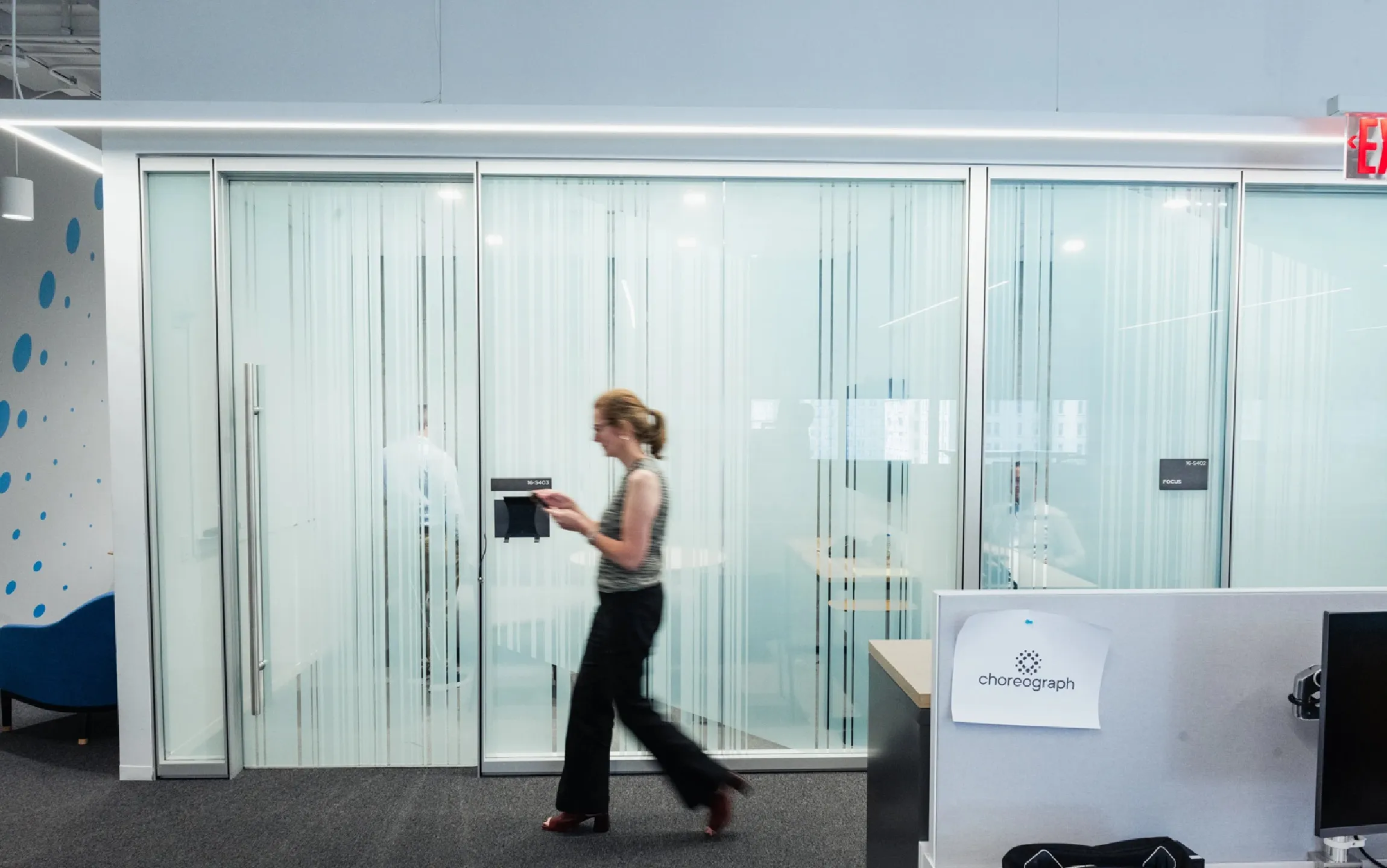Google Cloud Next Recap #1: AI Agent Marketplace, Gemini 2.5 Flash, & Other Product Updates
.webp)
Daniel Hayes
Technology

The Choreograph team was out in full-force at Google Cloud Next 2025 where we had a front-row seat to Google Cloud’s latest AI-focused product updates and innovations.
In our first of two event recaps, I’ll cover top announcements including agent ecosystems, multimedia content creation tool, smarter productivity features, and more.
These updates reflect Google's latest investment in building practical, scalable, and interconnected AI solutions that help clients maximize media and marketing performance in the AI era.
1. Google Agentspace: An AI Agent Marketplace
One of the more intriguing announcements is Google Agentspace, a newly launched marketplace dedicated to AI agents within the Google Cloud ecosystem. It's a curated platform where users can browse, manage, and deploy a variety of prebuilt or custom AI agents. These agents span diverse business functions — from customer service automation to operational efficiency.
Agentspace isn’t just a static library; it includes tools like Agent Designer for building bespoke agents tailored to unique enterprise workflows. These agents can connect to platforms like Confluence, Google Drive, SharePoint, and Jira, making them adaptable to real-world data ecosystems.
What sets Agentspace apart is its ability to orchestrate data-rich interactions across different business applications, with agents capable of tasks such as producing deep-dive reports, generating hypotheses, or consolidating knowledge from disparate sources — all via natural language inputs.

2. Generative Media Models in Vertex AI: Creativity at Scale
Google announced the integration of generative media models into Vertex AI, unlocking new opportunities around creative content production. The new models include:
- Lyria – text-to-music generation
- Veo 2 – high-quality video generation
- Chirp 3 – realistic voice synthesis
- Imagen 3 – image generation and editing
These models are now housed under a unified platform, enabling seamless multimodal content creation from a single prompt. The emphasis here is on speed, flexibility, and quality — empowering marketers to generate visual, audio, and narrative assets with unprecedented ease.
For example, a brand could generate an entire seasonal campaign — complete with music, video narration, and visuals — based on a single creative brief written in natural language. The integration promises rapid turnaround times for content that traditionally required significant human hours and external production cycles.

3. Gemini 2.5 Flash: Real-Time AI for High-Volume Applications
Speed and efficiency were front and center with the launch of Gemini 2.5 Flash, a streamlined variant of Google’s Gemini large language model family. Built for high-volume environments, Flash dynamically adjusts its computational effort based on the complexity of each query.
For simple tasks, it operates with lightning-fast speed, conserving compute power and reducing latency. For more complex prompts, it ramps up its reasoning to deliver quality responses. This makes it especially useful for applications like customer support chatbots, large-scale content generation, or internal tools that require near-instant responses across thousands of queries.
Think of it as Google’s AI “workhorse” — a fast and cost-effective model for enterprise-scale deployment
For example, a software company could integrate Gemini 2.5 Flash into its online product configurators and support tools. This would deliver a real-time AI assistant to help customers choose between laptops and monitors based on needs ("I need a laptop for video editing under £1,500”). A chat bot powered by Gemini 2.5 Flash could also provide instant tech support for common issues.
4. Agent2Agent Protocol (A2A): Cross-Vendor Agent Collaboration
Google also introduced the Agent2Agent (A2A) Protocol, an open standard that allows AI agents — regardless of vendor or framework — to securely communicate and collaborate. In short, it makes it possible for AI agents operating on different platforms (Salesforce, SAP, Oracle, Workday, and more) to share data and coordinate actions across an enterprise.
This opens the door to a multi-agent ecosystem where, for example, a marketing automation agent can sync effortlessly with a procurement or finance agent. The result? Faster, more coordinated workflows and the potential for genuinely autonomous operations.
By establishing a common language and secure communication pathways between agents, A2A lays the groundwork for enterprises to build fully integrated AI ecosystems that work across departmental and technical silos. Google has released this protocol as open source, encouraging industry-wide adoption and collaboration.
5. AI Enhancements in Google Workspace: Everyday Productivity Supercharged
Lastly, Google announced a set of intelligent upgrades to Google Workspace, bringing AI deeper into day-to-day operations. Key updates include:
- Workspace Flows – automation of repetitive tasks
- Audio Summaries in Docs – turning documents into podcast-style audio summaries
- Improved AI in Sheets, Meet, and Vids – better integration of AI for collaboration and content generation
These updates aim to bring generative and assistive AI capabilities to everyday business users — not just developers or analysts. Marketers can use natural language to analyze data in Sheets, summarize documents with voiceovers, or draft slides and reports without leaving their Workspace environment.
It’s a clear move toward embedding AI into the core of enterprise workflows, reducing manual effort and enabling faster collaboration — all while maintaining user familiarity with existing tools.
Final Thoughts
Together these updates represent a major leap in how AI can be deployed across enterprises — not as siloed tools, but as interconnected, context-aware systems. Google is investing heavily in making AI more composable, faster, and easier to integrate into existing workflows, signaling a shift from experimentation to real-world operationalization.
Whether it’s building autonomous agent networks, scaling creative production, or injecting AI into everyday documents, Google Cloud Next 2025 shows that AI is no longer a future concept — it's now a present-day enterprise necessity.
Stay tuned for our second post from David Spencer with more product announcements and updates that marketers need to embrace for success in the AI era.

.webp)

.webp)